Loch Ard Gorge is located near Port Campbell in Victoria, Australia and is part of the Port Campbell National Park. Famous for the shipwreck of the Loch Ard this gorge is steeped in history, natural beauty and rock formations. The caves at Thunder Cave and the coastal formations are the highlights of the area, and a must-see for visitors to one of Australia’s most beautiful natural wonders.
This article will take you through the story of the gorge, its geology and how to make the most of your visit. We’ll also look at the nearby attractions, walking trails and viewpoints including Mutton Bird Island, Island Archway and Broken Head all of which are part of the Shipwreck Coast.
The Tragic Story
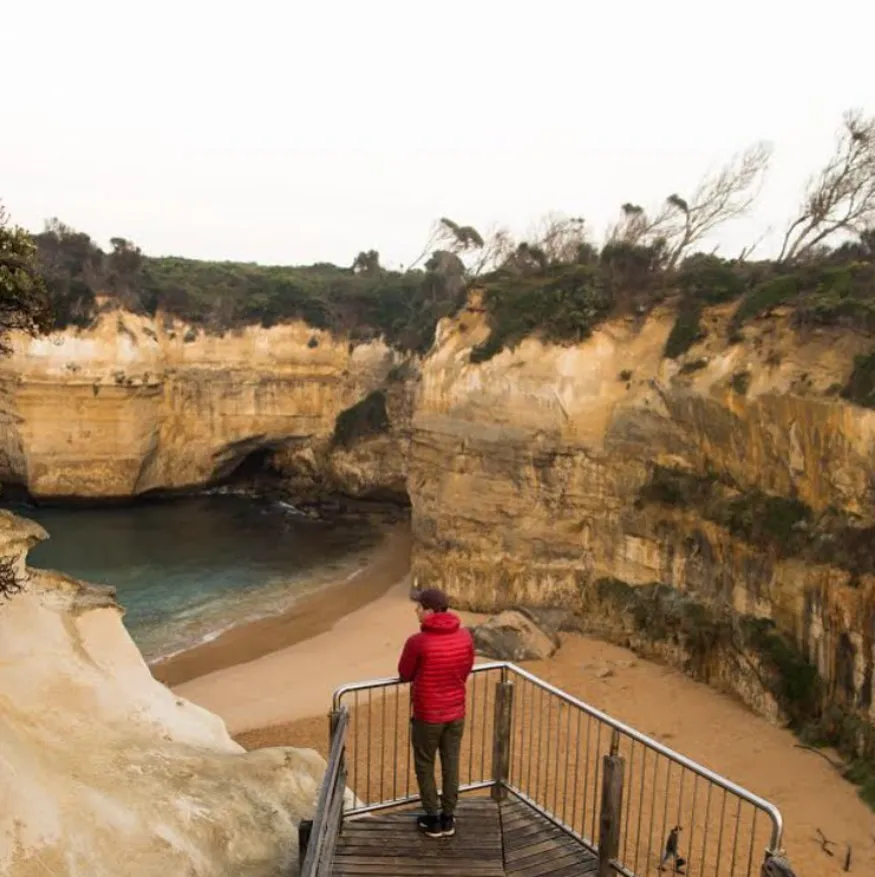
One of the reasons Loch Ard Gorge is so famous is because of the tragic shipwreck of the Loch Ard in 1878. The ship was on its way from England to Melbourne when it ran aground off the coast of Port Campbell, an area now known as the Shipwreck Coast. Of the 54 people on board, only two survived—Eva Carmichael, a young Irish immigrant, and Tom Pearce, the ship’s apprentice. Their story of survival became legend as they sheltered in one of the gorge’s caves, an act that saved not only their lives but also their place in history.
You can stand on the beach of Loch Ard Gorge, where this story took place, and feel the connection to the place. Looking up at the 30-metre sandstone cliffs, you can imagine the fear of that night. The story of the shipwreck and the short-tailed shearwaters that nest here will give you a greater understanding of the power of nature.
Geology and Formation of the Caves
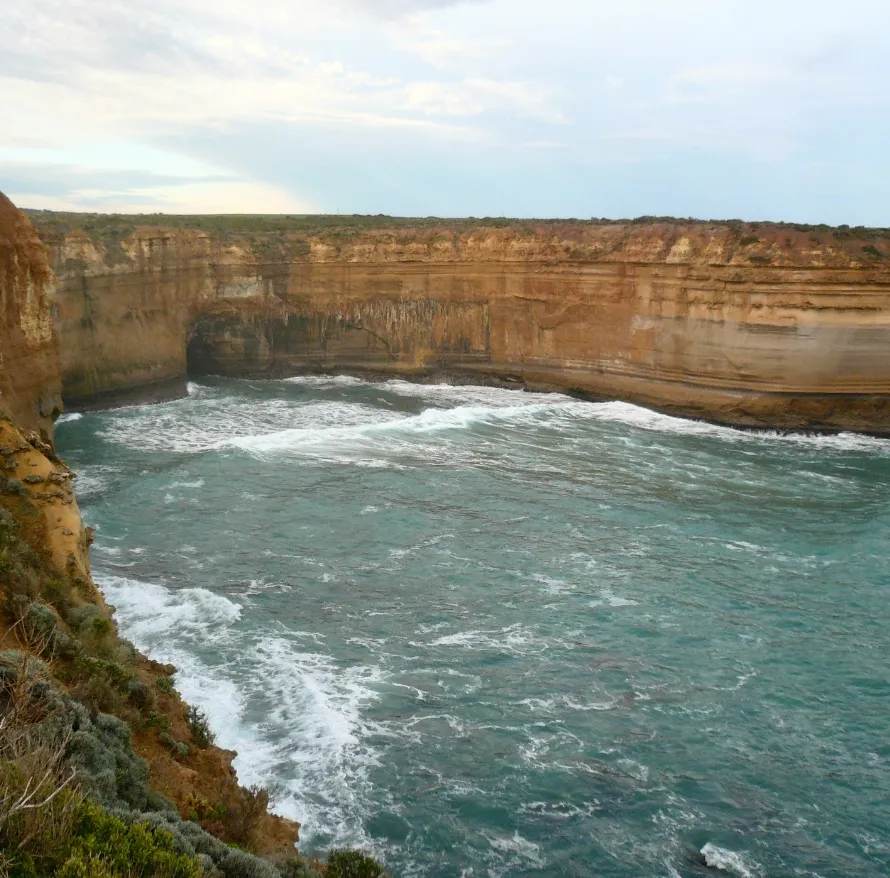
The Loch Ard Gorge area, with its rough top and ragged cliffs and limestone cliffs, has more going for it than just historical significance. The Southern Ocean has carved these cliffs over millions of years, eroding the soft limestone to create some of the most stunning coastlines in Australia. The blue water crashing against these cliffs has formed sea caves, tunnels and arches, including the famous Island Archway, which collapsed in 2009, leaving two massive rock stacks that still wow visitors.
The caves at Thunder Cave are the most impressive. As the name suggests the cave booms with the sound of the waves crashing into it – like thunder. These are best visited at low tide when they are more accessible but always be careful around the cliff edge lookouts as the tides are volatile and the wind can be fierce in the gorge.
In addition to Thunder Cave the golden sandstone cliffs, coloured limestone cliffs and rock reef formations offer endless opportunities to explore. Mutton Bird Island which can be seen from one of the many lookouts is another geological wonder, home to a noisy colony of short-tailed shearwaters (also known as Muttonbirds). These birds return each year to breed and it’s a natural spectacle for bird watchers and nature lovers.
Walking Tracks and Viewing Points
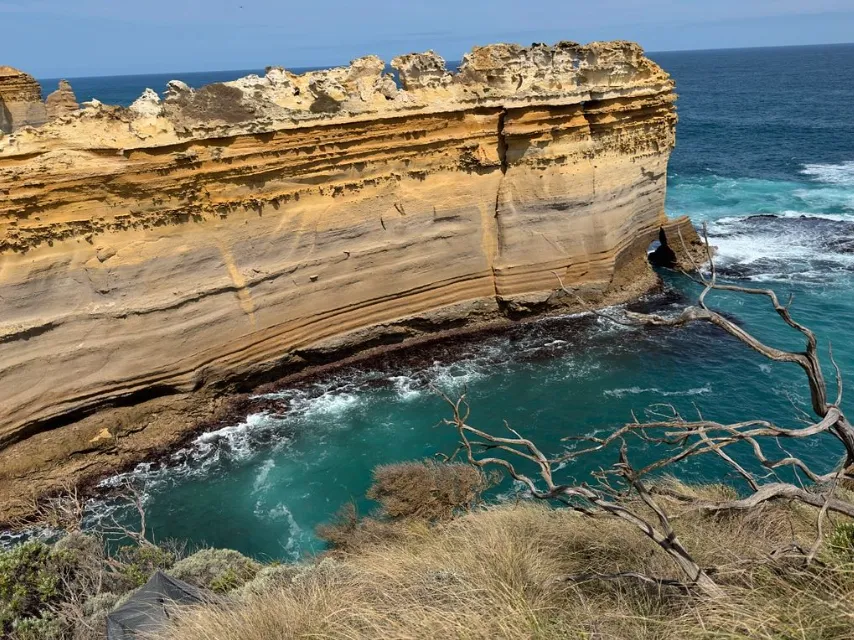
For walkers Loch Ard Gorge has endless walking tracks that offer some of the best views along the Great Ocean Road. The Loch Ard Gorge Living on the Edge Walk is a must do, it offers views of the gorge, Island Archway and Mutton Bird Island Lookout. This 1.4km track is well signed and easy to follow and suitable for all fitness levels.
The track also leads to the Loch Ard Wreck Lookout, where you can see the waves crashing against the cliffs from above. Along the way, you’ll see the coastal vegetation, wildflowers and shrubs that thrive in the salty air and strong wind. Keep an eye out for the interpretive signs that tell the colourful history of the area, from the shipwrecks that line the coast to the geological forces that shaped the land.
Another track is the Port Campbell National Park loop which takes in broken head, Elephant Rock, Razorback and Island Arch. This 2km loop is great for families with short accessible tracks and beach access and many spots to take in the ocean views.
For longer adventures, the track to Johanna Beach has dirt roads and unspoiled landscapes. This beach town is famous for its surf and long sands, so it’s a great stop if you want to see more of the coastline.
Conservation and Respect for the Environment
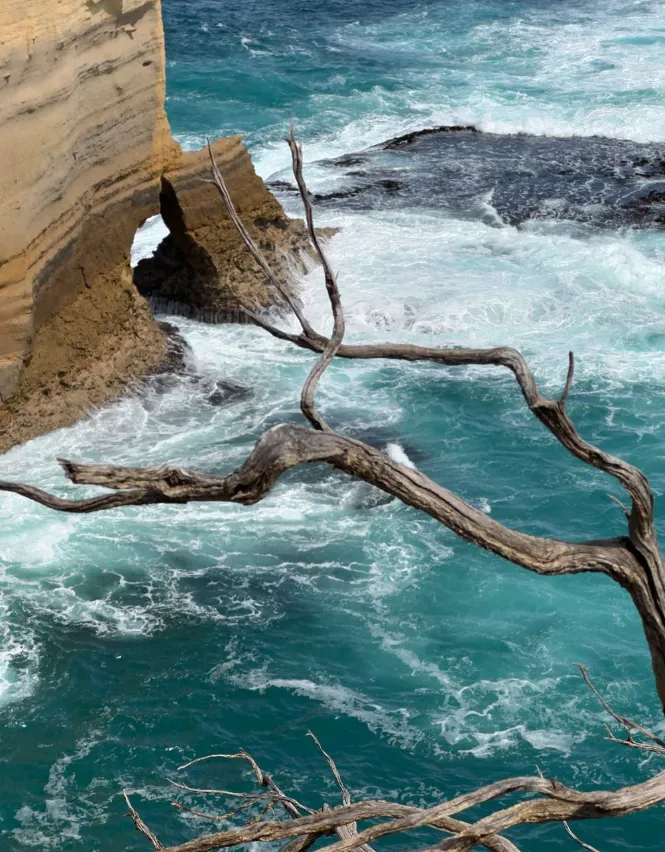
As lovely as Loch Ard Gorge is, it’s a fragile environment. The cliffs, caves and coastal vegetation are erodible and human impact can be damaging if not managed properly. Please stay on the designated walking tracks, don’t climb on the cliffs and follow local conservation guidelines.
Also, be careful around the clifftop rocks and lookouts. The views are amazing, but safety comes first. The cliffs are slippery, and the tides can change quickly, making some areas unsafe to explore.
Assistance dogs are allowed at Loch Ard Gorge and there are beach wheelchairs and plenty of parking so everyone including people with disabilities can enjoy this special spot.
Nearby Attractions and Best to Visit
As well as the caves and cliffs of Loch Ard Gorge there are many other attractions in Port Campbell National Park to explore. Mutton Bird Island Lookout is great to see the short-tailed shearwaters returning to their nests and Broken Head Beach and Elephant Rock are quiet spots to take in the rugged coastline.
For more information on the area’s history, visit the Visitor Information Centre. Here, you’ll find brochures, photo opportunities and historical displays that tell the story of the Loch Ard and other shipwrecks along the coast. Make sure to check out the sunrise and sunset shots—the light is perfect for photography and casts a warm glow over the coloured limestone cliffs.
Best time to visit Loch Ard Gorge is early morning or late afternoon when the light is soft and the crowds are smaller. The Southern Ocean is usually calmer during these times making it easier to explore the shallow waters around the caves. Bring a camera to capture the attention seeking photos of the blue water, chunks of rock and the mighty rock stacks.
Port Campbell and the Great Ocean Road Experience
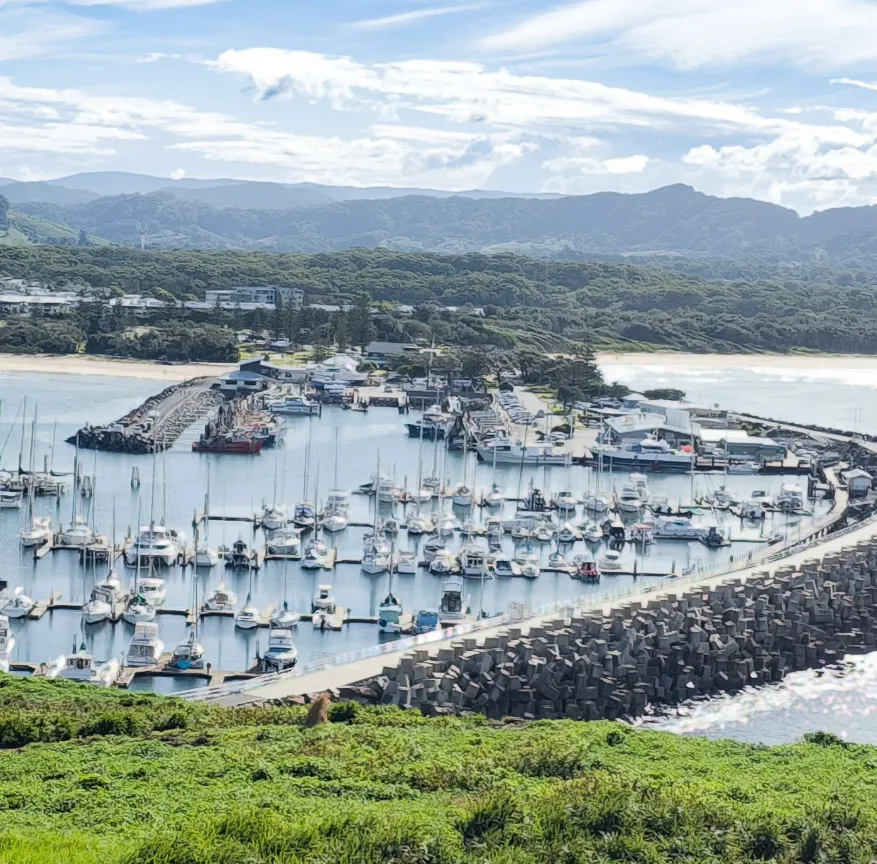
You can’t visit Loch Ard Gorge without driving to Port Campbell, the charming beach town just a few minutes away. This town offers a range of accommodations, from camping grounds to motels, making it the perfect base for exploring the region. Whether you prefer lounging on the beach or tackling one of the many walking tracks crisscrossing the area, Port Campbell has something for everyone.
If you’re into history, visit the Port Campbell National Park visitor centre to learn about the Wreck of the Loch Ard and other stories of shipwrecks and coastal geology. With nearby attractions like Budj Bim National Park and the Twelve Apostles, adventure awaits at every turn.
For an even richer experience, consider joining one of the many Great Ocean Road tours from Melbourne, offering guided explorations of Loch Ard Gorge, the coastline, and surrounding attractions. This guide will help you make the most of your visit to Loch Ard Gorge and the spectacular Great Ocean Road.
FAQ
How do I get into the caves at Loch Ard Gorge?
The best way to get into the caves is to walk the Loch Ard Gorge Living on the Edge Walk which has stunning views of the cliffs and access to some of the caves at low tide.
Can I visit Loch Ard Gorge if I have mobility issues?
Yes, Loch Ard Gorge has beach wheelchairs, plenty of parking and walking tracks that are accessible for people with disabilities.
What else is near Loch Ard Gorge?
Nearby are Mutton Bird Island, Broken Head, Island Archway and Elephant Rock all part of Port Campbell National Park.
When is the best time to visit Loch Ard Gorge for photos?
Best time for photos is early morning and late afternoon when the light is perfect for sunrise and sunset shots of the coloured limestone cliffs and blue water.
How long will I be here?
Two hours to a full day. It depends on how long you walk.